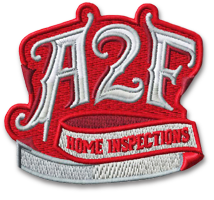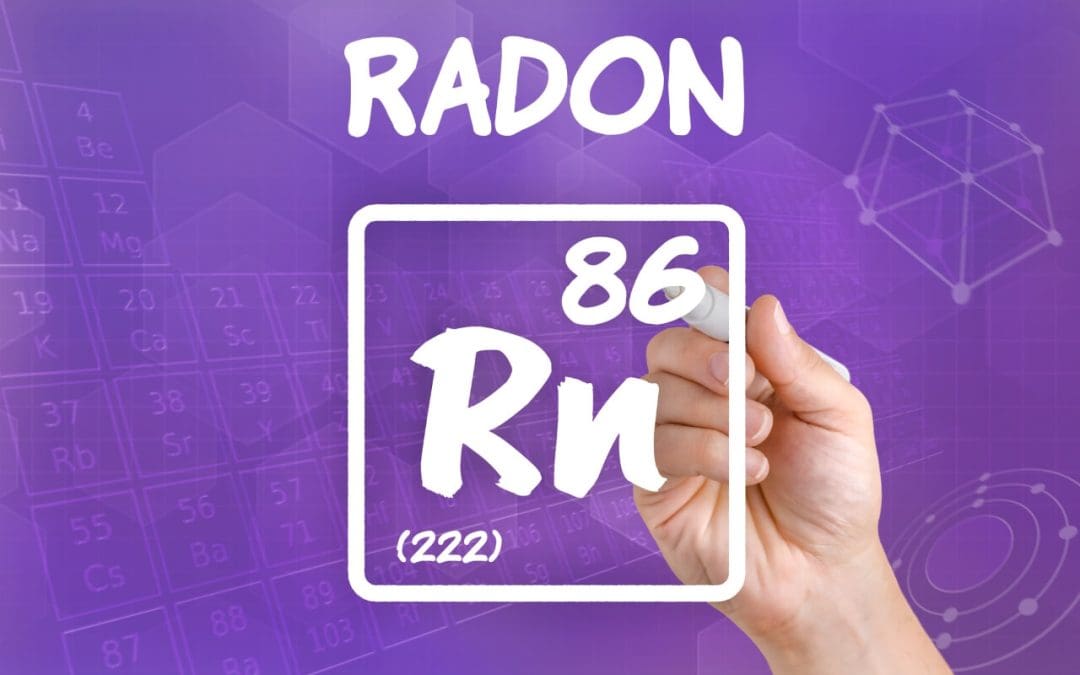As a homeowner, you take daily steps to protect your family from visible dangers, locking doors, installing smoke detectors, and maintaining your property. But radon, an invisible threat lurking beneath your home, poses a serious, long-term health risk. This naturally occurring, colorless, and odorless radioactive gas is the second leading cause of lung cancer in the United States, second only to smoking. The risk could affect any home, which makes professional radon testing crucial.
What Exactly Is Radon and Why Is It a Concern?
Radon gas is a product of the natural decay of uranium found in soil and rock formations. As decay occurs, radon gas rises from the ground. Radon seeps into your home through entry points like cracks in the concrete, gaps around utility pipes, floor drains, and sump pump openings, as the house draws air from the soil below. Once trapped inside, the radon concentration could quickly build up to dangerous levels.
When you breathe in radon, the tiny radioactive particles could damage the cells lining your lungs. This damage leads to an increased risk of lung cancer over time. Since radon is completely undetectable by human senses, you may unknowingly breathe in high concentrations daily. This is why professional radon testing is a vital health measure for every homeowner, regardless of where they live or the age of their house.
The Environmental Protection Agency (EPA) recommends taking action if your home’s radon levels are high. Crucially, radon levels are not uniform. Your neighbor’s house may test low, while yours tests high, simply due to differences in soil composition and foundation construction. Accurate measurement is the only definitive way to assess your family’s risk.
Why Trust a Professional for Your Radon Testing?
While DIY radon testing kits exist, relying on a certified professional guarantees accuracy, adherence to strict protocols, and results you can trust. Certified radon measurement specialists adhere to strict guidelines set by the EPA and other national certifying bodies. Professional testing equipment, such as Continuous Radon Monitors (CRMs), are highly sensitive, electronically calibrated instruments. These devices are designed to provide hourly readings over the testing period, giving a much more detailed and reliable picture than simple charcoal canisters. This equipment undergoes regular, documented calibration to ensure the readings are scientifically sound.
Proper testing requires strict adherence to closed-house conditions for a certain amount of time before and during the test. A professional ensures these conditions are met and uses tamper-detection features on equipment to ensure the test environment hasn’t been compromised. This is especially important during real estate transactions. Certified testers know the precise requirements for device placement, specifically in the lowest lived-in level of the home, away from drafts, heat sources, and dampness. They provide expert interpretation, explaining what the results mean for your family and advising on the next steps based on your specific situation. Professional radon testing removes the guesswork, giving you a definitive, validated answer about your home’s radon risk.
Understanding Radon Mitigation: Taking Action
If professional radon testing reveals levels at or above the recommended guidelines, the next step is mitigation. This process is highly effective and relatively affordable. The most common and effective technique is called Sub-Slab Depressurization (SSD). The core principle is simple: stop the radon from entering the house in the first place and vent it safely outside. A professionally installed SSD system could reduce radon levels by 90% or more, often bringing the concentration far below the EPA action level. After the mitigation system is installed, a follow-up radon test is performed to guarantee the system is working effectively, giving you the final assurance of a safer, healthier home.
Frequently Asked Questions (FAQs) About Radon Testing
How much does professional radon testing cost?
The cost of professional radon testing, particularly when performed alongside a home inspection, is generally very affordable, usually ranging from $150 to $250. This small investment provides crucial data about your home’s safety.
Is my home’s age or location a factor in radon levels?
No. New homes, old homes, homes with basements, and homes on slabs can all have high radon levels. The source is the ground beneath the house, not the house itself. Every home needs radon testing.
If I have a mitigation system, do I need to test again?
Yes. You should perform a radon testing immediately after a mitigation system is installed to ensure it is working correctly. It is also recommended to re-test every 2 years, or after any significant structural renovations, to confirm the system remains effective.
Can I open my windows during a radon test?
Generally, no. During a short-term test, “closed-house conditions” must be maintained to ensure an accurate, worst-case snapshot of indoor air concentration. Opening windows or doors frequently can invalidate the radon testing results. Your professional tester will inform you of all necessary conditions.

